Indian Firm Made the World’s First Cruelty-Free Soap, Got Tagore to Model For It
The first rule of every manufacturing company is to keep its process a secret. But Godrej brothers did the opposite and distributed pamphlets in Gujarati that explained the process of making soaps from vegetable oils. Did it establish trust and appealed a larger audience? You bet
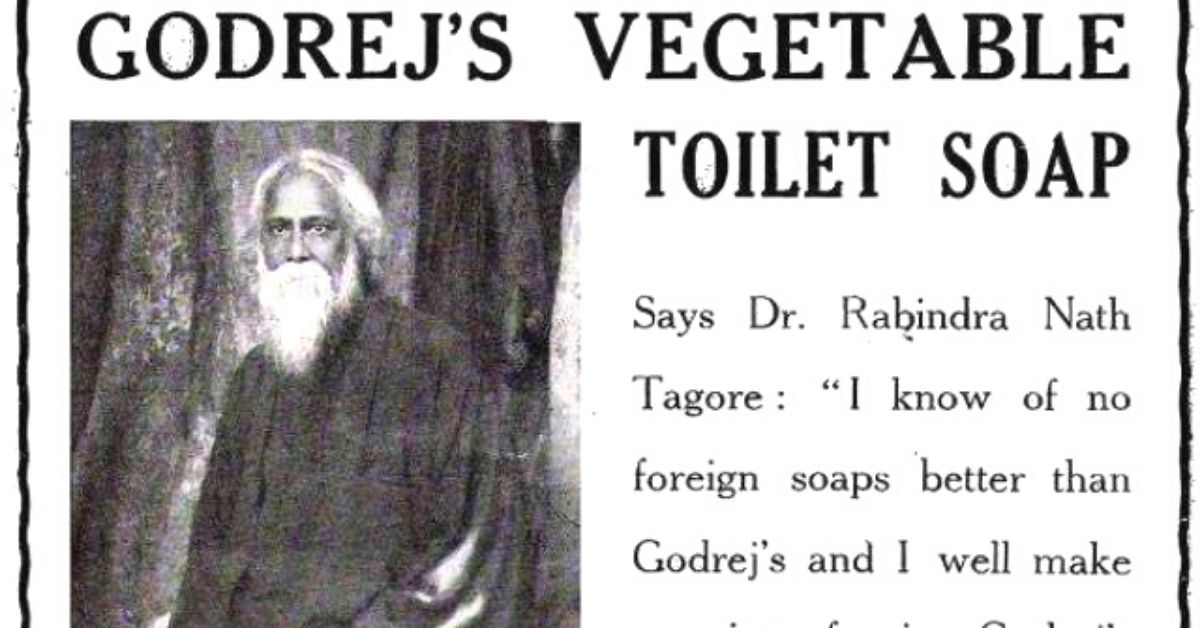
Rabindranath Tagore sits in his quintessential calm position in a photo, hands obediently placed on his laps as he stares into the abyss. Next to his portrait is a quote that reads, “I know of no foreign soaps better than Godrej’s and I will make a point of using it.”
Yes, as hard as it may seem to believe, the Nobel Laureate had agreed to endorse a toilet soap in the early 1920s. Not just him, other freedom fighters like Annie Besant and C. Rajagopalachari also followed suit and marketed the ‘Godrej No 1’ soap.
The aim was to promote the first made-in-India and cruelty-free soap and further strengthen India’s freedom struggle movement, and the leaders made their political statements by requesting people to cripple the economy of colonisers by boycotting foreign goods and instead opting for something that is ‘for Indians, and by Indians’.
Ardeshir Godrej, a businessman by profession and patriot at heart is the man behind starting this humble swadeshi brand in 1897. His younger brother Pirojsha also joined the business and together they came to be known as the Godrej Brothers.
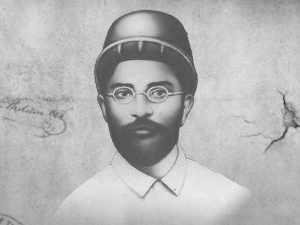
Fast forward to 2020, a 122-year-old consumer-goods giant, the Godrej Group controls the $4.7 billion (revenue). It comprises five major companies with interests in real estate, FMCG, agriculture, chemicals and gourmet retail.
Godrej has not only been an undying witness to India’s rapid development but has also paved way for many ‘firsts’ in India including springless lock, prima typewriter, ballot box and refrigerator. Read more here.
Starting With Failures
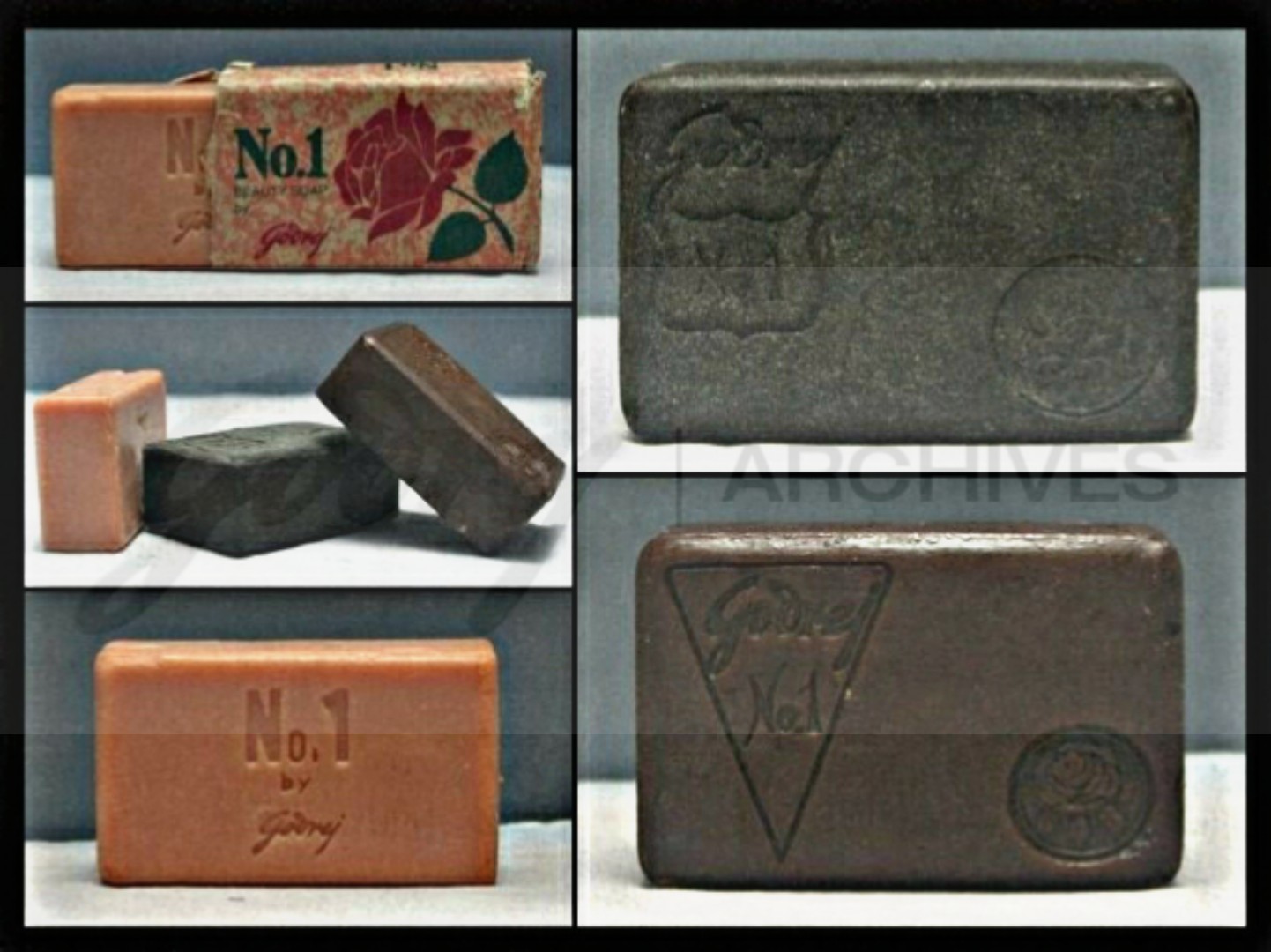
Born in 1868, Ardeshir was the oldest of six children in a Parsi family in Bombay (now Mumbai). Three years after he was born, his father changed the family name to Godrej.
Ardeshir was a law graduate but when he realised that lies that prevailed in the profession, he decided to change his profession and took up an assistant’s job in a chemist shop, and that’s how he became interested in manufacturing surgical instruments and started a business.
While it did not pick up, his will to manufacture desi products was so strong that he started another business of lock-making. The business flourished and he branched out to safes, door frames and double-plate doors.
He priced all the products at affordable rates and people instantly accepted them. Even the Queen of England used the company’s safe during a tour of India in 1912, as per The Hindu‘s report.
Four years later, when the governments of Mysore (Mysuru) and Madras (Chennai) ventured into developing soaps in India, Ardeshir too started experimenting with it and thus began the soap journey.
A Soap Opera You Ought to Know
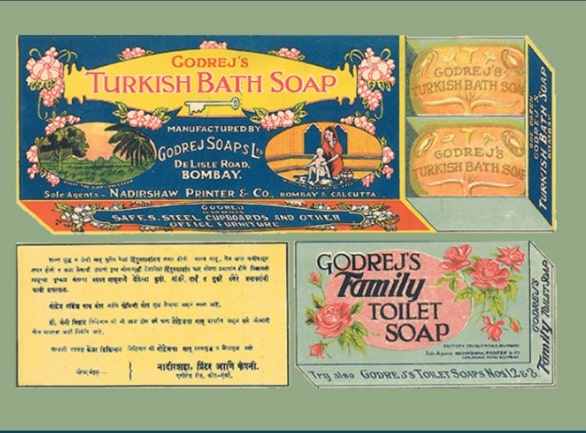
Though a pioneering swadeshi soap, the first soap manufactured by corporate giant, Godrej was labelled as ‘No 2’.
Now, why would anyone give a second rank to their first-ever product?
“If people find No 2 so good, they’ll believe No 1 to be even better,” said Ardeshir.
He gave India and the world first indigenous soap made from vegetable oil in 1918 called ‘Chavi’ (key in Gujarati). Back in the days, animal fat was a key ingredient in making soaps across the world here was a man who found a vegetarian alternative.
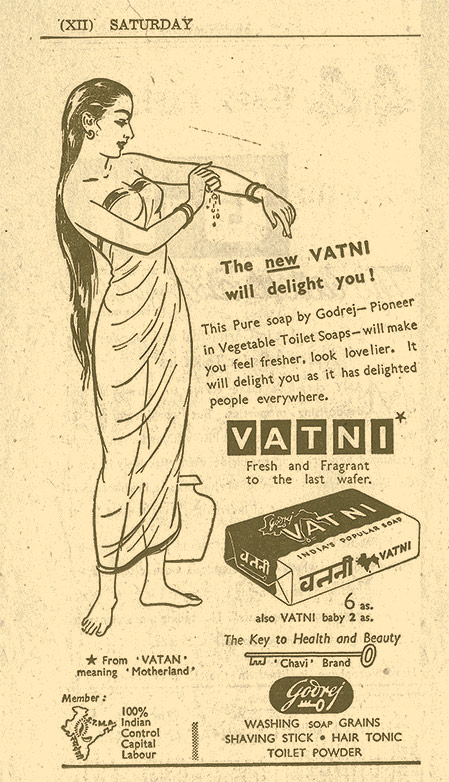
“We launch Chavi, the first soap in the world to be made without animal fat. We score for Swadeshi and ahimsa,” read the tagline of the ‘No 2’ soap. Ardeshir was able to identify the nation’s pulse, where the majority of people were vegetarian, and give non-violence a consumer-centric spin.
While the history of building the huge empire of Godrej is something that is written extensively with all the marketing mantras, a lesser-known marketing gimmick also deserves your attention.
To build trust among its customers through transparency, Ardeshir did not shy away from sharing how the vegetable oil could be extracted to make soaps. It was probably a very bold move considering that companies prefer to keep such processes a secret unless they have a patent.
Along with selling soaps in the 1920s, the company distributed pamphlets in Gujarati titled ‘Vacho ane seekho’ (read and learn), “Godrej soap is made from refined oil. The natural texture of the oil contains some substances that remain in the soap and are not good for the body. What remains after removing such substances from the oil becomes Godrej soap,” reads one of the lines (rough translation).
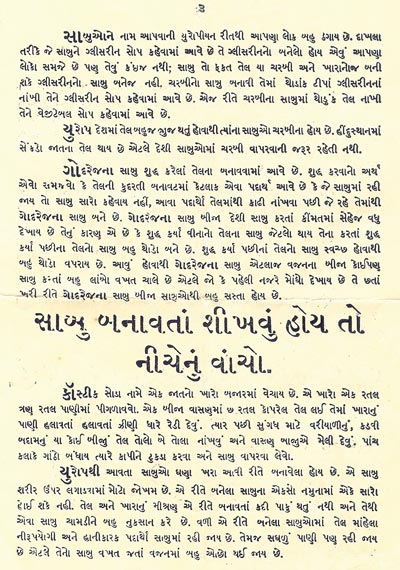
The gamble worked and both the soap variants took off.
In 1926, the Turkish bath soap was launched. However, it was the ‘Vatni’ (short for Vatan or motherland) variant that came in the early 1930s when the Swadeshi movement was at its peak, that charmed the Indians with its patriotic fervour.
The ‘superior and swadeshi’ soap had a green and white wrapper that carried the map of undivided India and after Partition, the map was not removed for a couple of years.
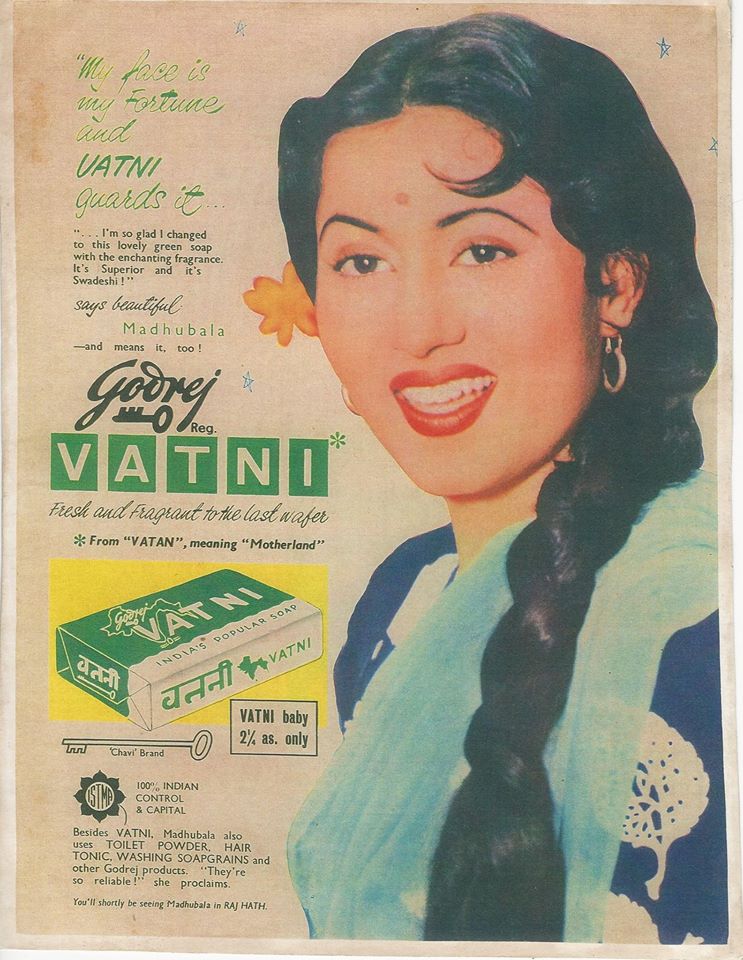
In the 1950s, legendary actor Madhubala, who had already become a household name, became the face of Vatni. This was probably one of the first few brands to use a celebrity endorsement.
Two years later, on India’s Independence Day, the company launched Cinthol with the arrival of Burjor Godrej, the son of Pirojsha.
“Emphasis was laid on progressively improving qualities at decreasing costs. One of his greatest achievements was the introduction of toiletries containing G-11 or Hexachlorophene (a powdered agent used as a disinfectant in soaps) in India. He obtained a license for the exclusive use of G-11 in India for manufacturing soaps and other toilet preparations. And the result was: introduction of Cinthol in 1952,” says the Godrej archives.
From the archives : Vinod Khanna endorses Cinthol : #vintage pic.twitter.com/o6ZJY2AWTF
— MICA (@MICA_Ahmedabad) April 12, 2013
Revealing the story behind naming the soap ‘Cinthol’, Nadir Godrej told Economic Times, “Germicidal soaps also made good deodorant soaps and Cinthol was the result. A combination of synthetic and Phenol, Godrej decided to tweak the first letter from S of synthetic to C, which made it a gentler brand name. The brand also went on to introduce other products such as talcum powder, deodorants and shower gel.
Ardeshir died in 1936 after which Pirojsha took over and continued to expand in different areas over the years. Though the company has integrated technology and developed several versions of soaps, what remains constant is the quality and trust consumers have. Cinthol and Godrej No 1 continue to dominate the market despite several competitions.
The Godrej brothers were one of those few businessmen who envisioned holistic growth and development that not only benefited the company, but also the consumers. The affordable prices and contributions in the freedom struggle are a testimony to that.
All images are sourced from Godrej Archives
(Edited by Gayatri Mishra)
If you found our stories insightful, informative, or even just enjoyable, we invite you to consider making a voluntary payment to support the work we do at The Better India. Your contribution helps us continue producing quality content that educates, inspires, and drives positive change.
Choose one of the payment options below for your contribution-
By paying for the stories you value, you directly contribute to sustaining our efforts focused on making a difference in the world. Together, let’s ensure that impactful stories continue to be told and shared, enriching lives and communities alike.
Thank you for your support. Here are some frequently asked questions you might find helpful to know why you are contributing?


This story made me
-
97
-
121
-
89
-
167











